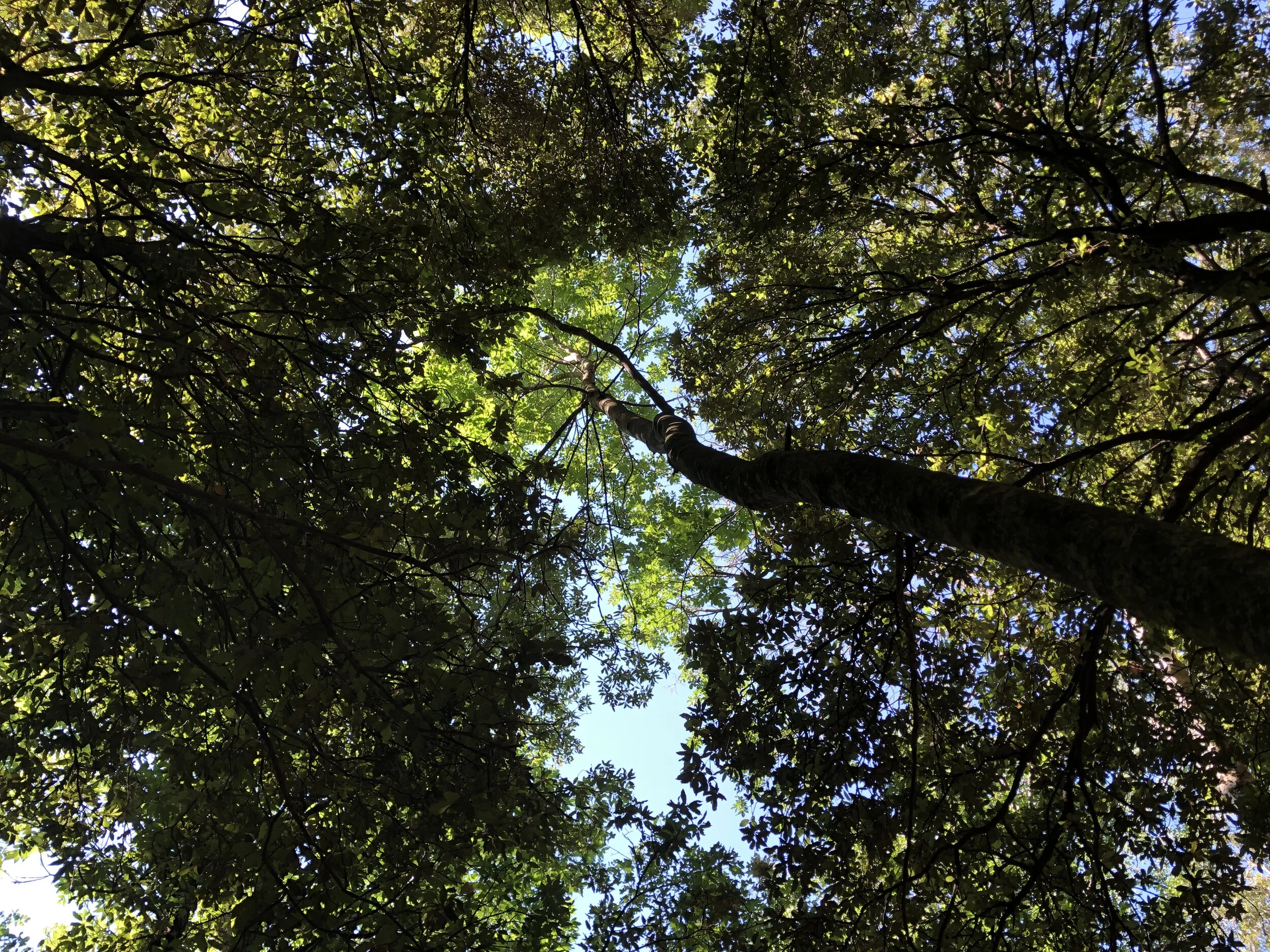Assisi
Map of Franciscan sites in Assisi
Assisi is a UNESCO World Heritage site. Here is the UNESCO citation (excerpt):
Assisi, a medieval city built on a hill (in Umbria, Italy), is the birthplace of Saint Francis closely associated with the work of the Franciscan order.
The property is situated in the central Italian region Umbria, on the slopes of the hill of Asio at the foot of the Subasio mountain, and comprises a rather large territory in which most of the important Franciscan places are located. Assisi and its built territory represent an outstanding example of an Umbrian hill town and cultural landscape that has maintained its historical stratigraphy since antiquity.
Assisi, developed in ancient Roman times achieving importance, in part, as a religious and spiritual centre. It continues that role into the present with its association with the birth and life of Saint Francis (1182-1226) and development of the Franciscan Order since the 13th century, which gives it an important influence in Italy and around the world. The medieval historic centre grew on the foundations of the terraced Roman town extends from the southeast to the northwest. It is flanked by the San Francesco Basilica at one end and the Basilica Santa Chiara at the other. At the summit of the hill town is the Rennaisance fort of Rocca Maggiore. Beyond the town’s walls, the site includes the Carceri Hermitage, in the valley, originally a series of caves occupied by Saint Francis and his companions, and the Saint Damian and Rivotorto sanctuaries along with the Santa Maria degli Angeli Basilica in the plain. It is an extensive site, covering 14,563 hectares with an additional 4,087-hectare buffer zone.
Its medieval art masterpieces, such as the Basilica of San Francesco and painting by Cimabue, Pietro Lorenzetti, Simone Martini and Giotto, have made Assisi a fundamental reference point for the development of Italian and European art and architecture. Here are the criteria for this designation:
Criterion (i): Assisi represents an ensemble of masterpieces of human creative genius, such as the Basilica of San Francesco, which have made it a fundamental reference for art history in Europe and in the world.
Criterion (ii): The interchange of artistic and spiritual message of the Franciscan Order has significantly contributed to developments in art and architecture in the world.
Criterion (iii): Assisi represents a unique example of continuity of a city-sanctuary within its environmental setting from its Umbrian-Roman and medieval origins to the present, represented in the cultural landscape, the religious ensembles, systems of communication, and traditional land-use.
Criterion (iv): The Basilica of San Francesco is an outstanding example of a type of architectural ensemble that has significantly influenced the development of art and architecture.
Criterion (vi): Being the birthplace of the Franciscan Order, Assisi has from the Middle Ages been closely associated with the cult and diffusion of the Franciscan movement in the world, focusing on the universal message of peace and tolerance even to other religions or beliefs.



